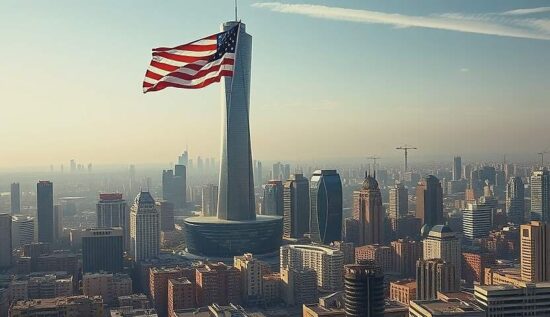US President Donald Trump has outlined a comprehensive vision for the Gaza Strip on Truth Social. According to his statements, the enclave will be placed under US control after the end of the fighting and transformed into a “spectacular development project” – allegedly without the use of American soldiers.
Questions arise from Trump’s claim that “no US soldiers will be needed.” The history shows that post-conflict zones often require a security presence, whether through own troops, international peacekeeping forces, or local units. Given the destruction, radical groups and ongoing tensions in Gaza, it is unclear how stability can be ensured without military backing. The US government should present a clear concept for security, administration and reconstruction.
The most surprising statement is Trump’s promise to create “one of the greatest and most spectacular developments of its kind” in Gaza. The focus on economic development aligns with his business sense, but the idea of transforming a war-torn area like Gaza into a prestige project ignores the political realities. It remains unclear who would finance and oversee such a project – and if the Palestinians would accept a US-led initiative.
Trump’s statement that Israel would hand Gaza over to the US after the end of the fighting is the most contentious. Neither the Israeli government nor its allies have publicly expressed such an intention. Such a step would bring massive diplomatic and legal challenges, as it would likely face significant resistance in the region – from the Palestinian leadership as well as other Middle Eastern states.
Trump’s Gaza plan is a mix of political boldness and economic calculation. If it were to be implemented, it would be a unprecedented shift in US foreign policy. However, without clear details on practical implementation, it remains unclear if this is a serious strategy or just another symbolic move. One thing Trump has again achieved, however, is to dominate the international debate – while diplomats and analysts now ponder the realism of his vision.





